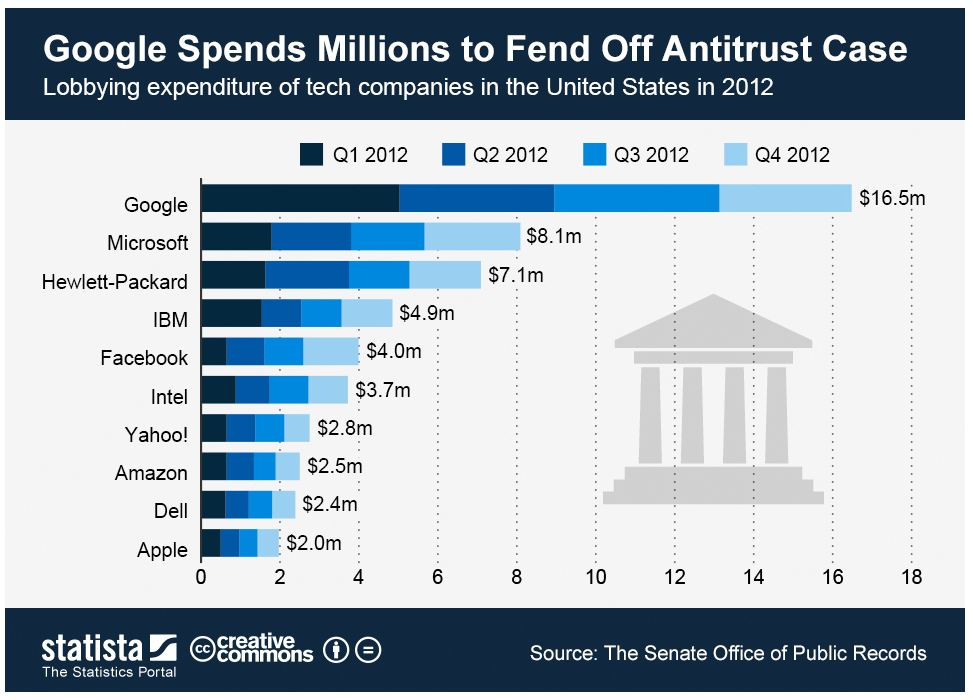By Michael W Arone, CFA, Chief Investment Strategist
Despite the significant pain the COVID-19 pandemic inflicted on our health and economy, markets have rallied aggressively. Throughout lockdowns and virus surges, investors were convinced that better days were on the horizon. Finally, those better days are here — with increased COVID-19 vaccination rates, massive fiscal stimulus programs and accommodative monetary policies bolstering the economy and earnings so far this year. Yet strangely, even as stocks extend their lofty 2020 gains, investors are growing anxious about the many challenges that still lie ahead. Markets have reached an inflection point as investors brace themselves for what could be a bumpier second half of 2021.
Nearly half of the US population has now received at least one vaccine dose. The Biden administration’s latest goal in the fight against the pandemic is to get 70% of the US adult population at least one vaccine dose and to fully vaccinate 160 million adults by July 4th. The Centers for Disease Control and Prevention also announced that fully vaccinated people could resume pre-pandemic activities without wearing a mask or physically distancing, except where required by local laws or regulations. More states are rolling back COVID-19 restrictions and lifting mask mandates, allowing the economy to further reopen.
At the same time, fiscal stimulus from December’s $900 billion Consolidated Appropriations Act and March’s $1.9 trillion American Rescue Plan Act continues to flow through the economy. And the Federal Reserve remains committed to keeping interest rates low and asset purchases steady until “substantial further progress” is made on its maximum employment and price stability goals.1
Not surprisingly, first quarter GDP rose 6.4%2 and earnings-per-share growth for S&P 500 companies soared by more than 49% year-over-year.3 Second quarter figures are likely to be even stronger. The Federal Reserve Bank of Atlanta’s GDPNow model estimates second quarter GDP of 10.1% and FactSet reports that analysts are expecting S&P 500 companies to grow their earnings by a staggering 59.5% in the second quarter.
Many investors have profited from this attractive backdrop for stocks, as the S&P 500 Index has closed at a record high 26 times so far in the first half of 2021.
Economic and earnings growth could peak in Q2
Both the economy and earnings will continue to signal a strong recovery from the pandemic throughout the second half of the year. However, the rate of growth for economic data and earnings will likely begin to decelerate by the third quarter. Investors are growing increasingly concerned that a peak in fundamentals may coincide with a peak in stock market prices.
In addition, an unusually long post-Global Financial Crisis economic expansion briefly disrupted by the COVID-19 pandemic, combined with the distortive effects of enormous fiscal stimulus and easy monetary policy, have created confusion regarding where we are in the economic cycle. The ongoing debate has unnerved investors and complicated their asset allocation decisions.
As if concerns about peak fundamentals and confusion about the economic cycle weren’t enough for investors to contend with, rising interest rates, building inflationary pressures, and potentially higher taxes are adding to their indigestion.
Rising inflation and interest rates present challenges
Low base effects from a year ago, supply chain bottlenecks and persistently underestimating demand during the recovery have resulted in big increases in inflation data. For example, the Bureau of Labor Statistics reported that the Consumer Price Index climbed 4.2% for the 12-months ending April 30, 2021, the largest year-over-year increase since 2008. Investors are trying to determine whether these price increases are truly temporary, as the Federal Reserve suggests, or if they are more permanent. Getting inflation right is critical for investors. Rising inflation could lead to higher interest rates. Surging interest rates and inflation would likely put downward pressure on once highflying growth stocks and fixed income investments.
Further fueling fears of rising interest rates and inflation is the extraordinary amount of government spending enacted to combat the pandemic. In the US, nearly $6 trillion has already been approved to defeat COVID-19. The Biden administration is also working on the $2.7 trillion American Jobs Plan and the $1.8 trillion American Families Plan. To offset some of this additional government spending, the Biden team has called for higher taxes on wealthy individuals and corporations. Uncertainty regarding future tax rates may also unsettle investors later this year.
To read this post in its entirety, please visit the State Street Global Advisors blog.
Photo Credit: Oliver Mallich via Flickr Creative Commons
Footnotes
1 Federal Reserve Chair Jerome Powell, Speech after the Federal Open Markets Committee meeting, April 28,2021.
2 Bureau of Economic Analysis, April 29, 2021.
3 FactSet, May 7, 2021.
4 “Corrective Phase Ongoing, with New Leadership This Time,” Strategas Research, May 13, 2021. Crises referred to include 1982 and 2009.
DISCLOSURE
The views expressed are the views of Michael Arone as of May 17, 2021 and are subject to change based on market and other conditions. The opinions expressed may differ from those with different investment philosophies. The information provided does not constitute investment advice and it should not be relied on as such. It does not take into account any investor’s particular investment objectives, strategies, tax status or investment horizon.
This communication is not intended to be an investment recommendation or investment advice and should not be relied upon as such.The whole or any part of this work may not be reproduced, copied or transmitted or any of its contents disclosed to third parties without SSGA’s express written consent. All information is from SSGA unless otherwise noted and has been obtained from sources believed to be reliable, but its accuracy is not guaranteed. There is no representation or warranty as to the current accuracy, reliability or completeness of, nor liability for, decisions based on such information and it should not be relied on as such.Investing involves risk including the risk of loss of principal.



